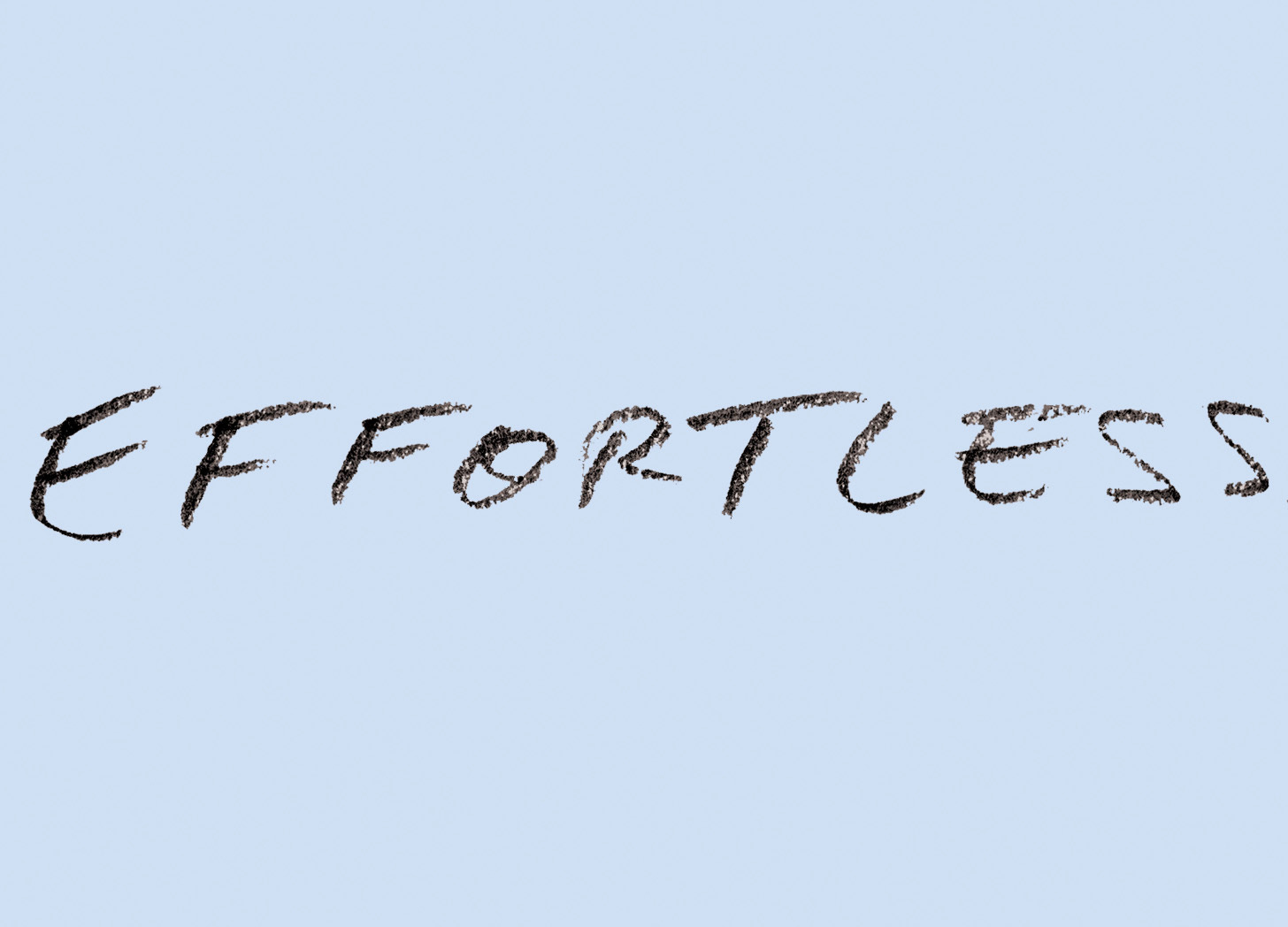writing that works on the radio
Effortless prose and the effort it takes to get there.
Though I can’t source the anecdote, I remember it clearly: A music producer installed an antenna on the roof of his recording studio. After mixing a new song, he’d play it over an unused frequency while driving in the nearby woods. This allowed him to experience the music as listeners would. If the mix worked in a moving vehicle over a tinny car radio, it worked. Didn’t matter whether it sounded perfect when scrutinized over giant studio headphones. Why mix for a pristine audiophile setup if most record buyers didn’t own one?
In most cases, I take a similar approach to reading my clients’ work. Not with the focused concentration you’d bring to a dense academic monograph or an SAT reading comprehension question, but with the loose and relaxed attention you’d pay to a magazine article someone forwarded to you. Something you’d read on your phone during your commute.
Am I doing my clients a disservice? The readers they hope to reach expect to be grabbed, coaxed, led. Engaged. If the writing doesn’t demand my attention, it won’t demand theirs, either. So I approach each draft like an autostereogram: by relaxing my eyes and waiting for a picture to emerge.
I shouldn’t have to extract what you’re trying to say. Your ideas should arrive in my mind with little conscious effort on my part.
In college, I made some abstract shorts for a filmmaking class. The professor questioned my approach. This struck me as pure hypocrisy: he’d inundated us with baffling art films all semester. Wasn’t bafflement the goal? Isn’t that what good films do?
“I don’t get it,” I said. “David Lynch does weird stuff like this all the time.”
“You’re not David Lynch!”
Are you Thomas Pynchon? Does your reputation precede you? If we trust that careful attention will be rewarded by an exceptionally skilled author, we may go along for the ride. If you haven’t earned that trust, however, you can’t afford to write in a way that demands dedicated focus and concentration. Your words must flow into our brains without much awareness of the act of reading itself. Your writing must reward loose attention, encouraging focus but not punishing its absence.
To top the charts, it has to work on the radio.
Ironically, writing this way requires meticulous effort. You must knead the text over and over until you’ve smoothed away all the little jagged kinks that might confuse or annoy the reader. It takes time and persistence to remove the pits from every olive this way.
Bill Nighy was asked how he learns his lines:
You have your breakfast at 9, you go into the living room at 10, you start with the first line, you say it 18 times, then you attach it to the second line, and you say both of them 19 times, and you continue through the play. Then you stop at 1 o’clock and you have your lunch, and you resume at 2, and by 4 o’clock, your brain goes, and then you can have the rest of the day off. And you do that, without the phone on, and you do that for a week.
It’s a lot of work, Nighy’s approach, all to craft the illusion of a person speaking normally, naturally, off the cuff.
Academic writing doesn’t have to be hard to read—it’s hard to read because writing this way is hard, and most academics are neither naturally talented writers nor incentivized to improve the reading experience. When your ideas are easy to understand, it’s easier to see their flaws.
For the decade before his death, Cormac McCarthy served as a trustee for the Santa Fe Institute, where he helped scientists such as Lisa Randall and Geoffrey West better engage and inform their readers. McCarthy loved the work, considering science far more interesting than writing. If the effort of expressing ideas that merited close attention well enough not to require close attention wasn’t beneath him, the rest of us have no excuse.




